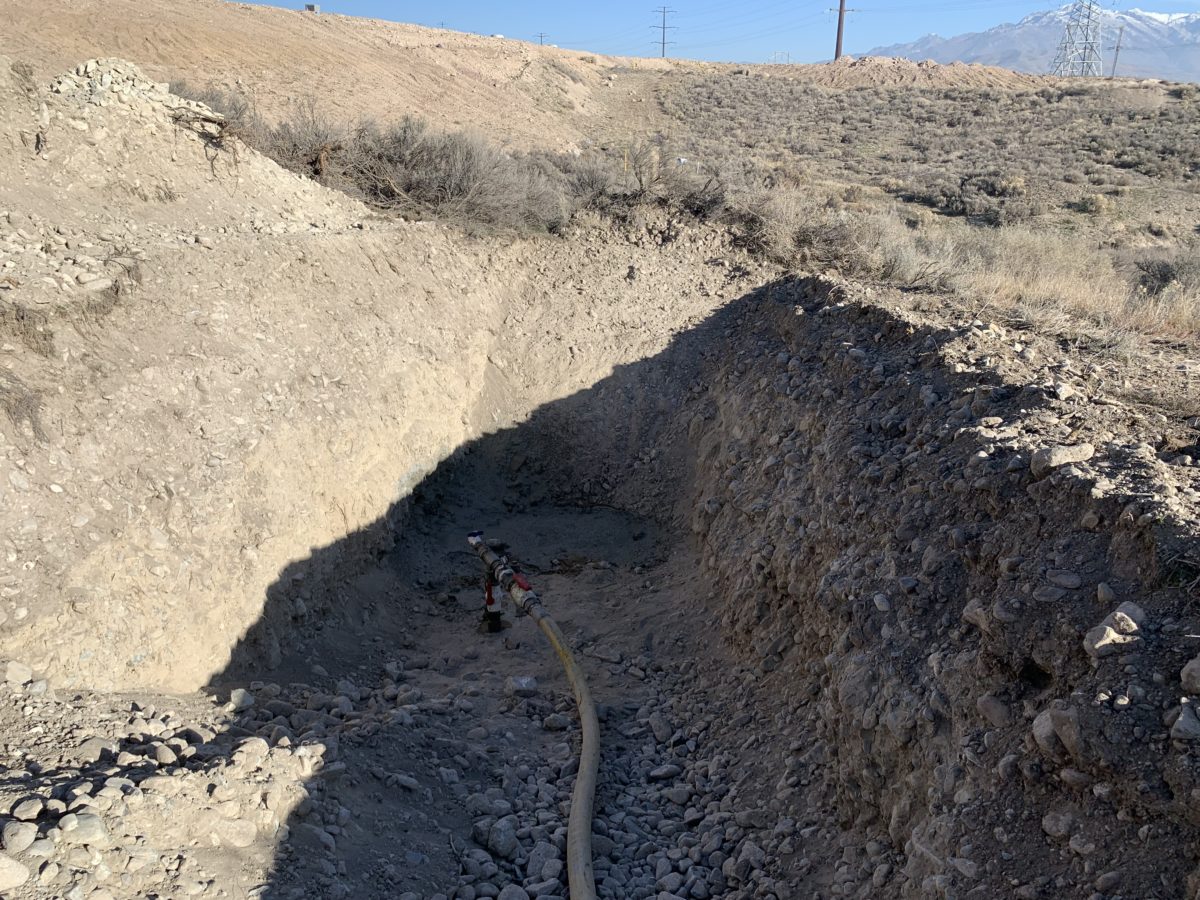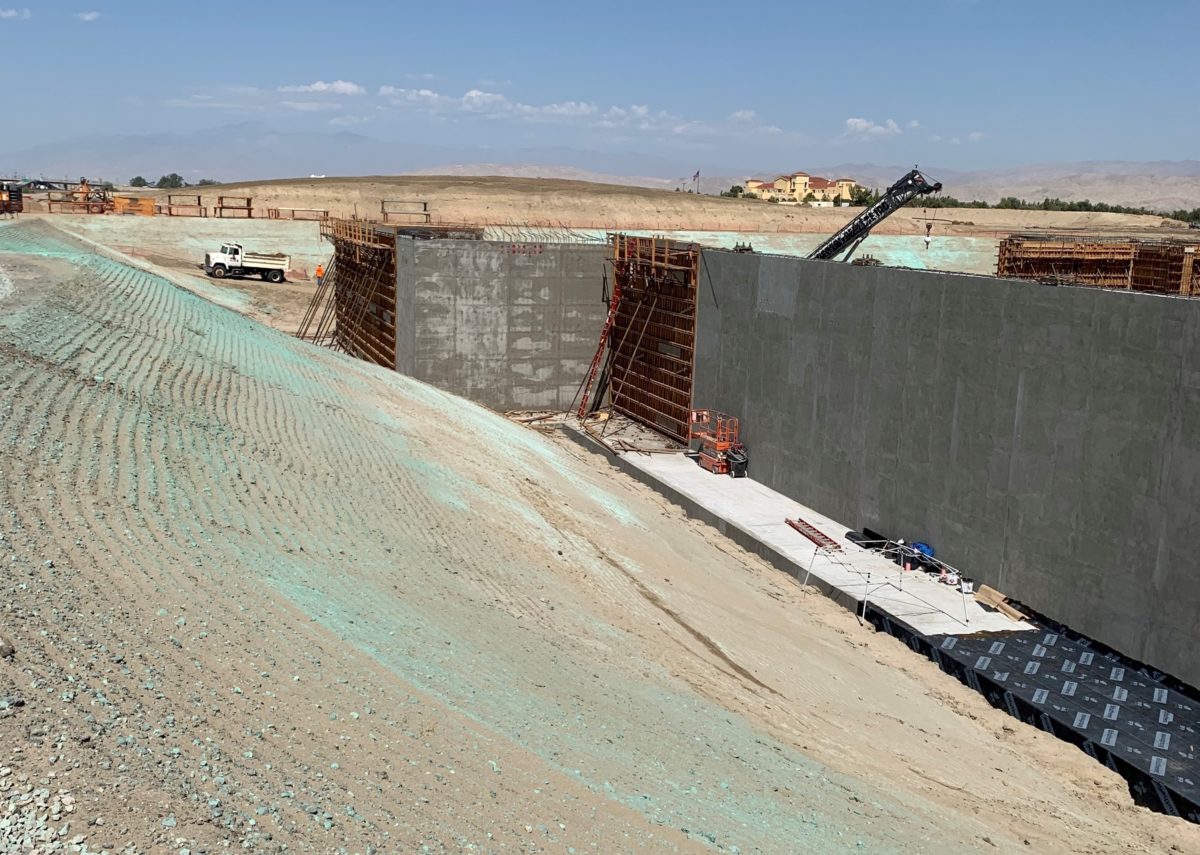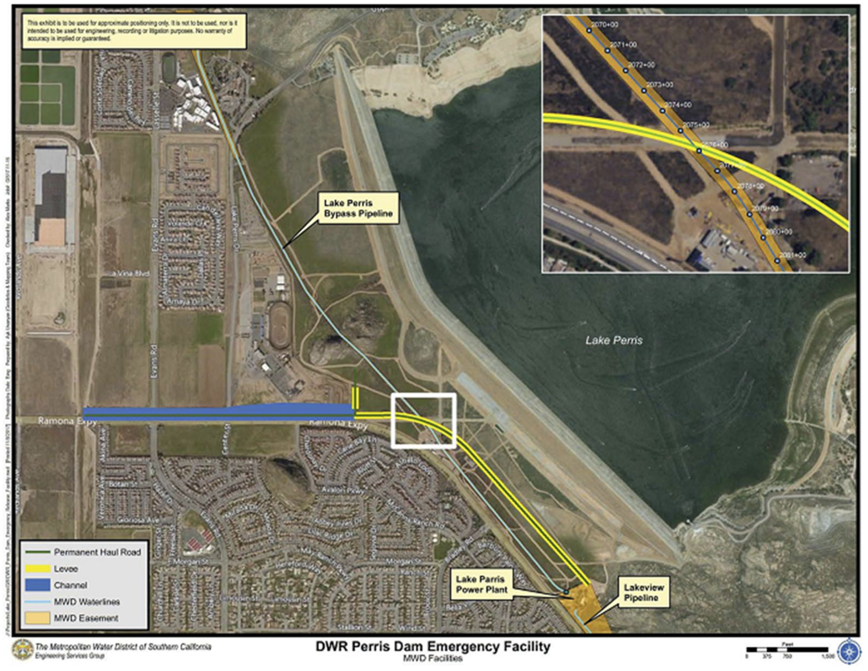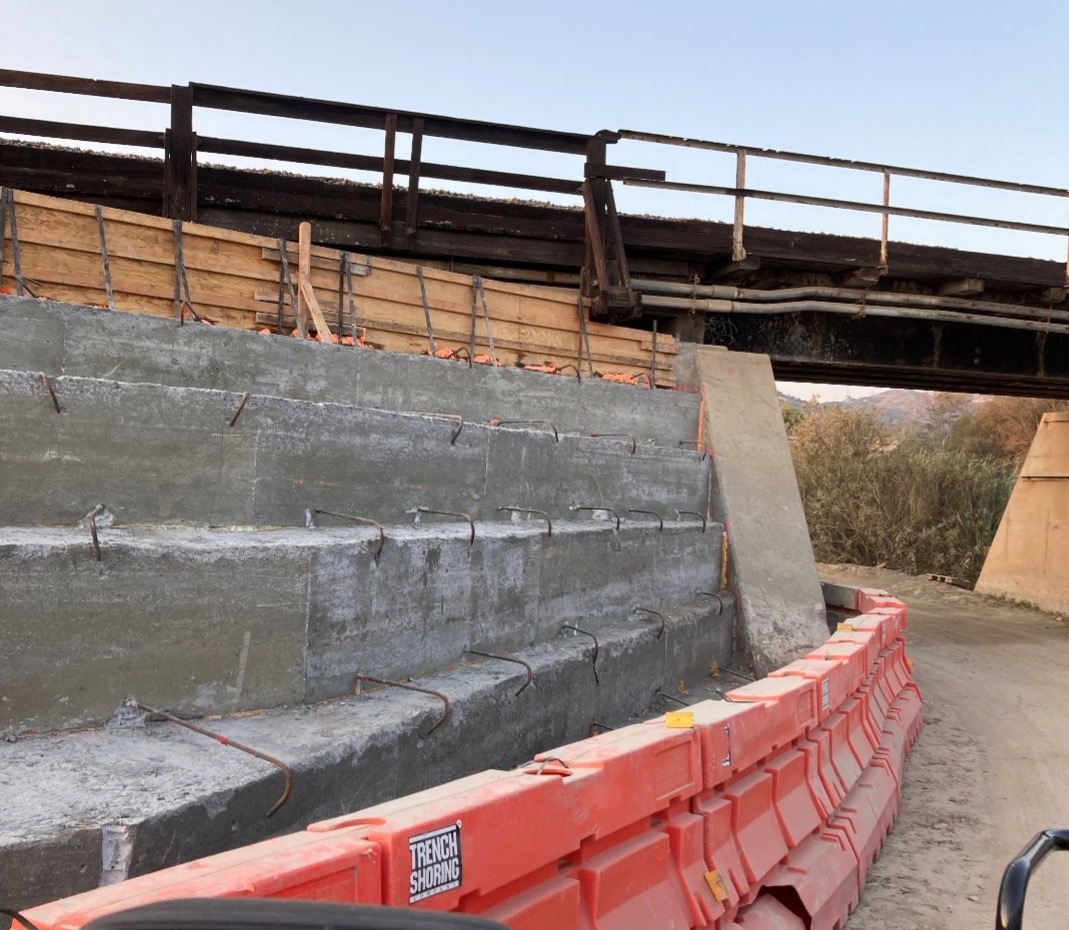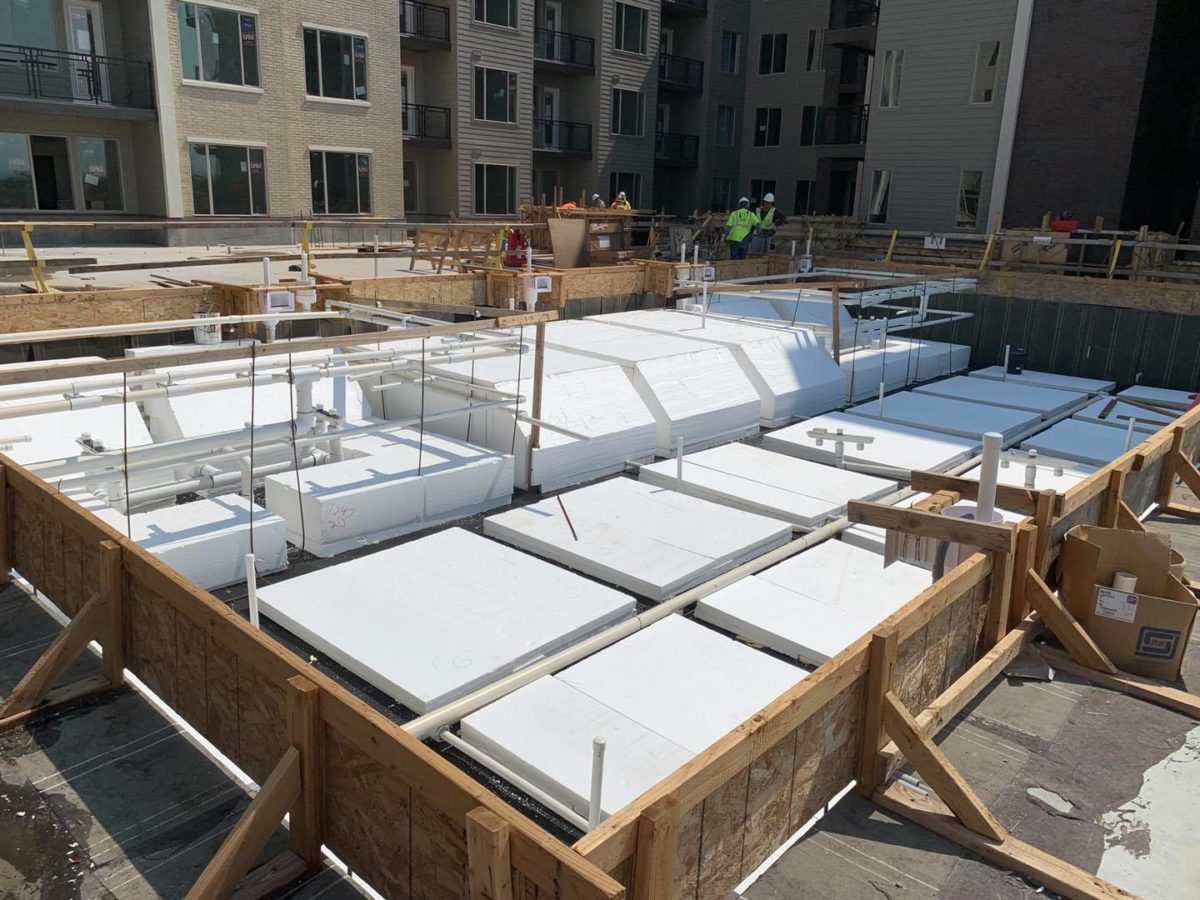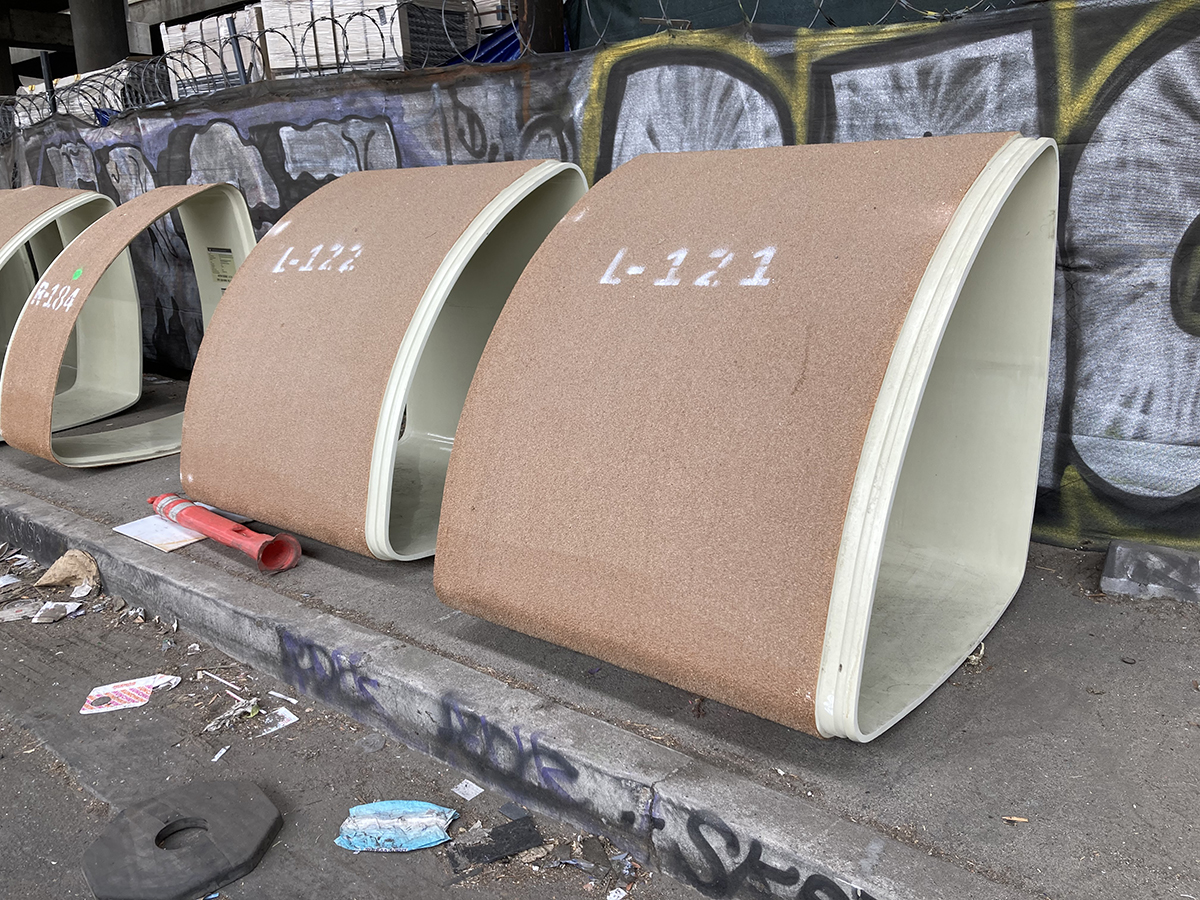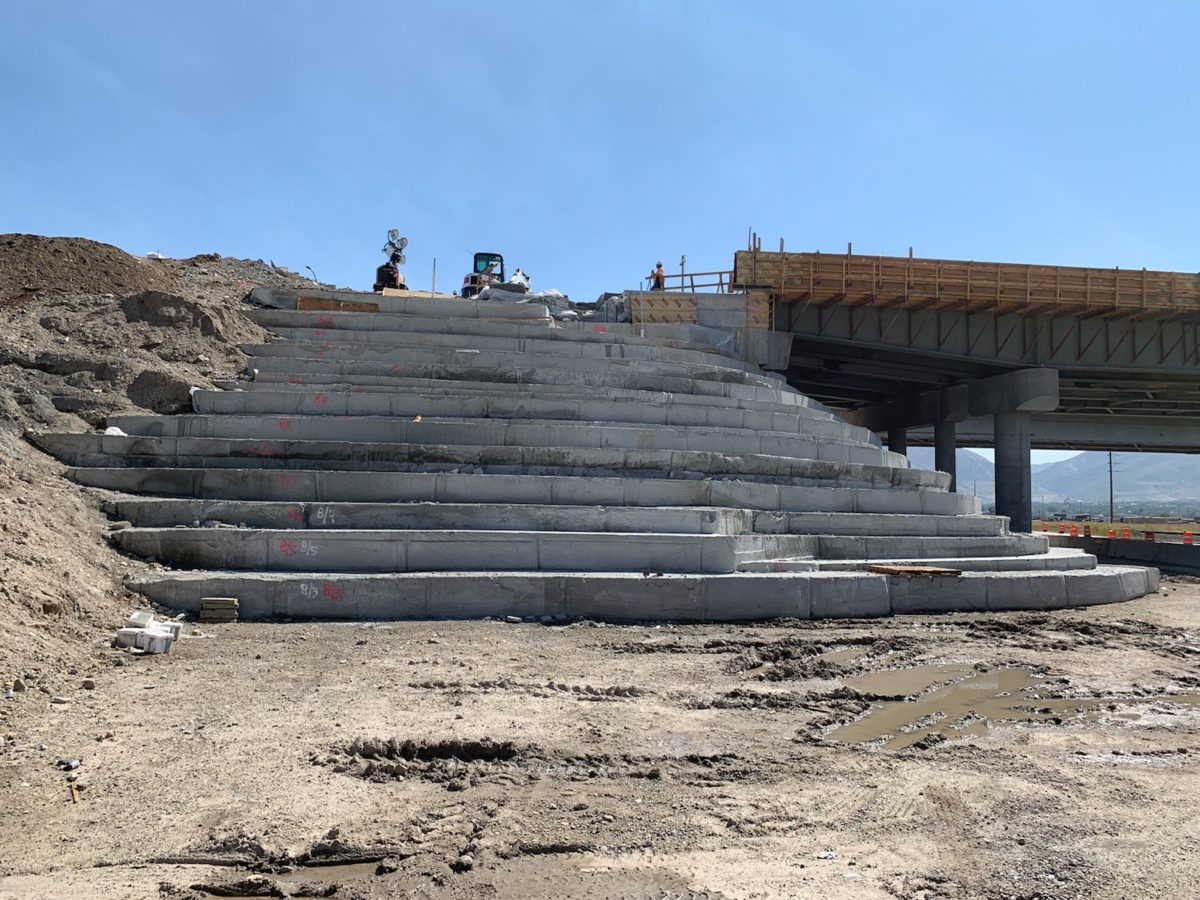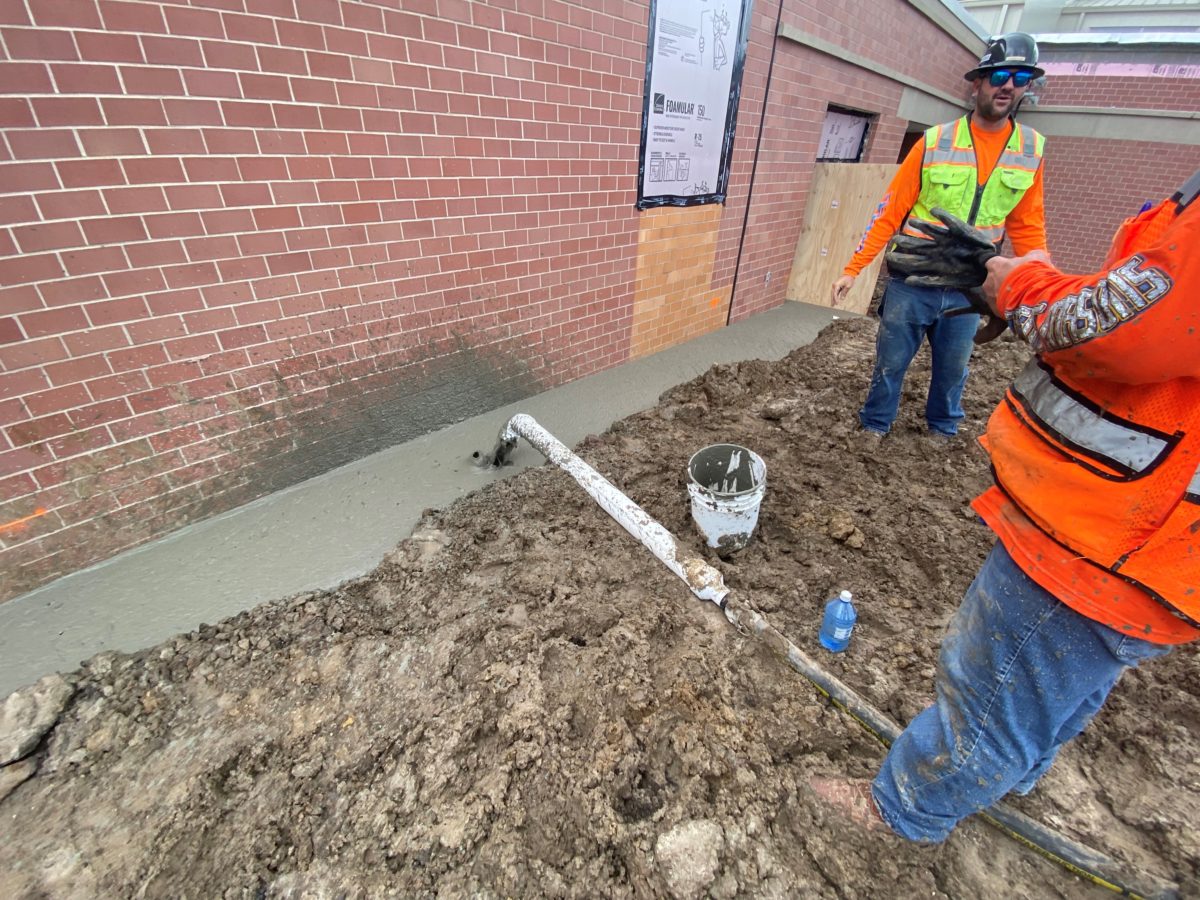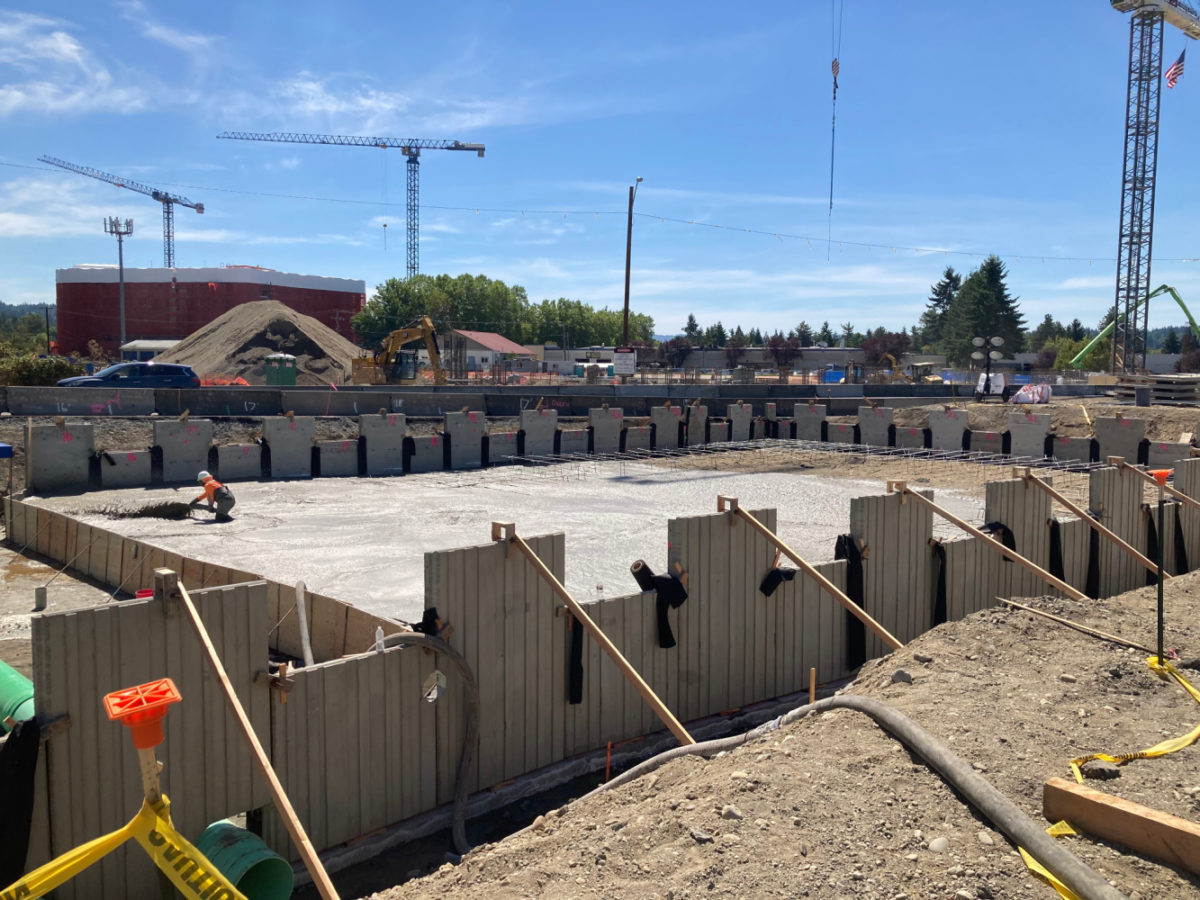Class 3 Replacement (Kern River Abandonment)
Class 3 Replacement (Kern River Abandonment)
PROJECT LOCATION
Saratoga Springs, UT
The Project
This project included two separate runs of 36” gas pipeline to be abandoned with cellular concrete. One of these was under SR-73 and the other through a field being turned into a residential development. The general contractor created bulkheads by welding plates with a threaded nipple to the ends of the pipe. This form of abandonment was advantageous by not interrupting the traffic to abandon the pipeline and by preventing any future collapse of the road if the pipeline failed.
The Solution
Lightweight Cellular Concrete (LCC) has several advantages in this application. The second section of the pipeline was over 3000’. LCC has greater flowability and would be able to abandon the line from less injection locations than other flowable fill options. Near the middle of the 3000’ run was a steep ravine that the pipeline’s slope followed. Pumping LCC from one side of the ravine permitted a complete abandonment eliminating any voids and another staging area for the equipment.

